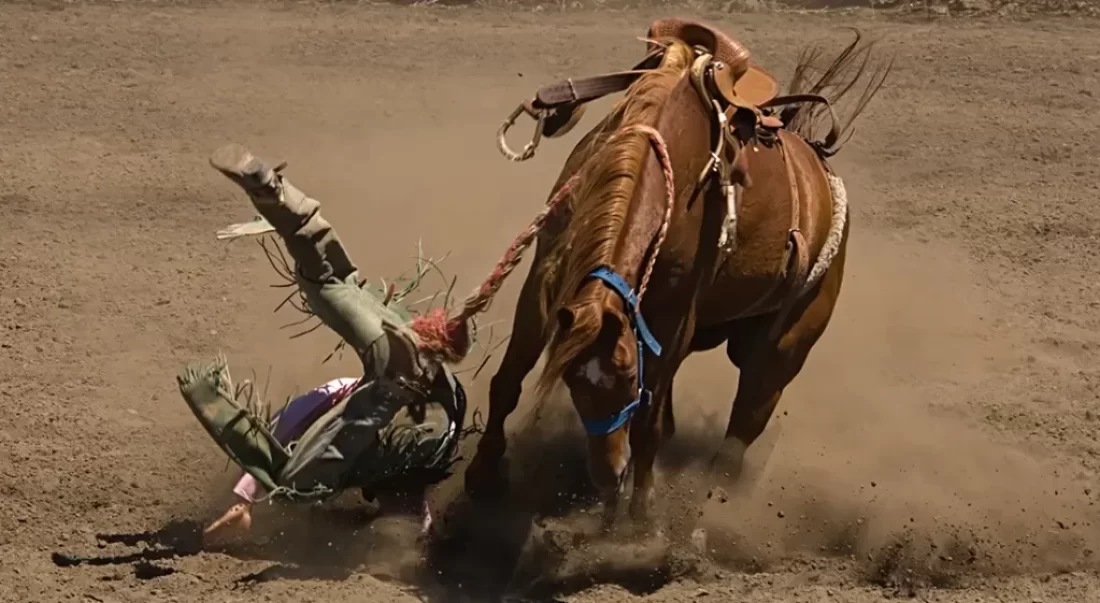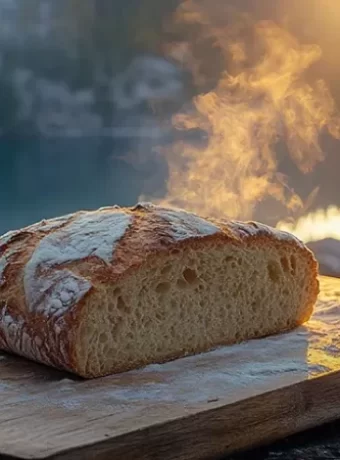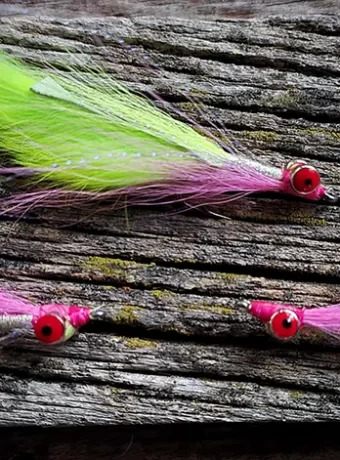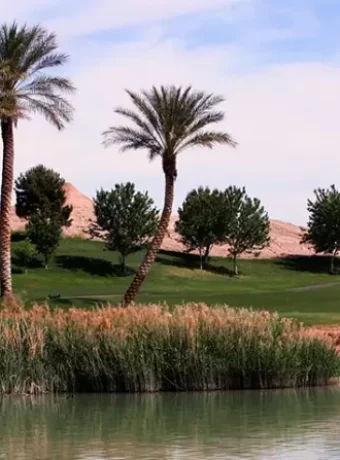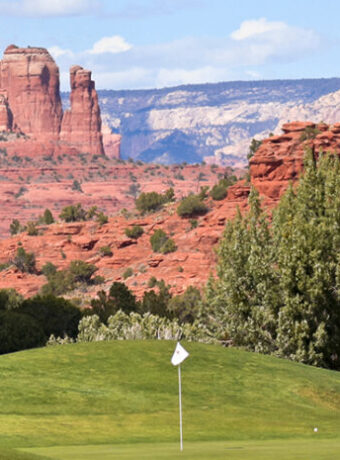Ride Through Rodeo History: From Ranches to Arenas
Rodeo, deeply rooted in the American West, evokes images of cowboys and cowgirls showcasing incredible skill and bravery. But how did this exhilarating sport come to be? Let’s embark on a journey through rodeo history, tracing its evolution from humble beginnings to the grand spectacle it is today. From cattle ranches to crowded arenas, let’s uncover the fascinating story behind this iconic American sport, as you ride through Rodeo history. A brief history.
Table of Contents
The Wild West Roots of Rodeo
The origins of rodeo trace back to the dusty plains and vast ranches of 19th-century America. Cowboys, those iconic figures of the West, honed their riding and roping skills out of necessity rather than sport. Working on ranches demanded the ability to handle cattle, break horses, and rope with precision. Informal competitions began organically as a way for these rugged individuals to test their mettle against one another.
What started as friendly wagers and bragging rights at cattle roundups gradually transformed into organized events. These gatherings, often held during Fourth of July celebrations, became early rodeos, featuring events like bronco busting and steer roping — practical skills elevated to thrilling spectacles.
South Dakota has the Casey Tibbs Rodeo Center for even more history and a fun family visit.
Early Rodeo Events: From Roundups to Recognition
One notable example is the Prescott, Arizona Territory rodeo. Held on July 4, 1888, it’s considered the first truly organized rodeo with public advertising, admission charges, and official championship prizes. As these events gained popularity, more towns began hosting annual rodeos. The legendary Cheyenne Frontier Days debuted in 1897, followed by the Pendleton (Oregon) Round-Up in 1910 and the iconic Calgary Stampede in 1912.
These rodeos drew enormous crowds eager to witness the excitement firsthand. This marked a pivotal step in transforming a ranching tradition into a spectator sport, complete with rodeo committees organizing the events.
The Cowboy’s Turtle Association: A Turning Point
By the 1930s, a need for standardization became clear. Cowboys were often shortchanged on prize money, and with numerous events claiming “world championship” status, confusion reigned. This led to the formation of the Cowboys Turtle Association in 1939, a move that would reshape the landscape of rodeo forever.
| Year | Event | Significance |
|---|---|---|
| 1869 | First Recorded Bronco Busting Contest | Held on July 4th in Deer Trail, Colorado Territory, this contest marks one of the earliest documented events resembling modern rodeo. |
| 1883 | Pecos, Texas Rodeo | Widely recognized as the first rodeo to offer prize money to contestants. |
| 1888 | Prescott, Arizona Rodeo | Distinguished as the first rodeo to charge admission to spectators. This event solidified rodeo’s transition from informal competition to a commercialized spectator sport. |
The Rise of Professional Rodeo
The Cowboys Turtle Association later evolved into the Rodeo Cowboys Association (RCA). This shift laid the groundwork for the Professional Rodeo Cowboys Association (PRCA) in 1975. This marked a turning point, as rodeos embraced standardized rules, fair payouts, and a point system to determine champions.
The PRCA became a major force, shaping rodeo history and solidifying its place as a legitimate professional sport. It standardized seven key events:
- Saddle Bronc Riding.
- Bareback Riding.
- Bull Riding.
- Calf Roping.
- Steer Wrestling.
- Team Roping.
- Steer Roping.
The National Finals Rodeo: A Championship Showcase
The PRCA’s influence culminated in the creation of the National Finals Rodeo (NFR) in 1959. This end-of-season event brought together the top contenders in each event to vie for coveted titles and hefty prize purses.
Women in Rodeo: A Legacy of Skill and Determination
Women have played a significant role in rodeo history, participating in these events for as long as men. During the sport’s early years, women competed alongside men in various events, including bronco riding, trick riding, and roping.
In 1948, with fewer opportunities to compete in open events, determined cowgirls formed the Girls Rodeo Association (GRA). This organization would eventually become the Women’s Professional Rodeo Association (WPRA). It’s this association, through their efforts, that solidified barrel racing as a staple event in PRCA rodeos.
The Evolution Continues: Rodeo Today
Fast-forward to the 21st century, and rodeo remains a popular spectacle, drawing enormous crowds to witness the heart-stopping action. While rodeo history continues to evolve with innovations in safety and animal welfare, its core spirit endures.
Organizations like the National High School Rodeo Association (NHSRA) and the National Intercollegiate Rodeo Association (NIRA), established in 1949, speak volumes about rodeo’s lasting impact. These youth rodeo programs pass down its traditions and values to the next generation of cowboys and cowgirls. Today’s rodeo athletes train with laser focus, pushing their physical and mental limits. Many former collegiate rodeo stars even go on to join the PRCA, further blurring the lines between amateur and professional competition in the arena. Such as Montana High School Rodeo.
FAQs about Rodeo History
What is the story behind rodeo?
Rodeo started not as a sport, but a natural extension of the work ranchers and cowboys performed daily. Skills like bronco busting, steer wrestling, and calf roping were essential for managing cattle and horses. These tasks slowly evolved from ranch work to friendly competitions between cowboys, testing their abilities.
As these contests became more organized, the rodeo was born—transforming essential ranching abilities into a captivating public spectacle. This evolution from ranch necessity to captivating sport is central to understanding the story behind rodeo.
When was the first rodeo invented?
While pinpointing the absolute first rodeo is tricky, the event held in Prescott, Arizona Territory, on July 4, 1888, generally takes the prize for the first *organized* rodeo. Unlike earlier informal gatherings, the Prescott rodeo included advertised events, charged spectators admission, and even awarded championship prizes.
What is the purpose of rodeos?
Originally, rodeos stemmed from showcasing and celebrating the skills necessary for life and work on 19th-century cattle ranches. They provided a platform for cowboys to test their skills against one another in events like steer roping, demonstrating their roping skills.
Now, rodeos blend athleticism with entertainment, drawing in large audiences who come to witness impressive displays of riding, roping, and the deep connection between a cowboy or cowgirl and their animal. Modern rodeos often incorporate educational aspects, providing insight into the heritage and traditions of the American West. Plus, there’s a thrill to watching skilled individuals face down powerful animals like bulls and broncos.
Where did bull riding originate?
Bull riding has a rich history that stretches much further back than the American rodeo. Evidence suggests ancient cultures, such as the Minoans on Crete, incorporated forms of bull-leaping and wrestling into their rituals. These early traditions influenced bullfighting practices that Spanish conquistadors brought to the Americas.
From there, variations of bull riding found their way into Mexican equestrian culture, which influenced American cowboys. While bronco riding often involved “breaking” a horse for riding, the goal with a bull was different – to demonstrate one’s ability to hang on as the animal bucked and kicked. Today, bull riding is often considered rodeo’s most dangerous and thrilling event.
Conclusion of Ride Through Rodeo History
Rodeo history is a testament to the ingenuity, skill, and daring spirit that shaped the American West. From those early ranch competitions to today’s electrifying rodeo events, this tradition embodies the vibrant cultural heritage of cowboys, cowgirls, and the wild spirit of the animals themselves.
History of Rodeo is a tapestry woven from threads of grit, tradition, and pure exhilaration. It stands as a testament to the cowboy spirit and celebrates the deep connection between humans and animals.
As we appreciate rodeo’s captivating present, it’s even more enriching to understand how those early traditions of roping and riding evolved into the exciting sport we see in packed arenas around the world. The next time you hear the roar of the crowd as a bull bursts from the chute, take a moment to reflect on the journey of rodeo history—a blend of grit, tradition, and raw, captivating action.
Next time you find yourself on the edge of your seat at a rodeo, take a moment to appreciate its rich past—a past filled with dusty arenas, legendary cowboys, and thrilling competition that continues to capture our imaginations. Rodeo history isn’t confined to the past; it’s a living, breathing story still being written today.
